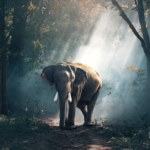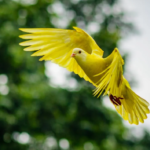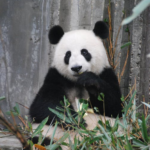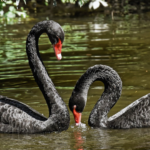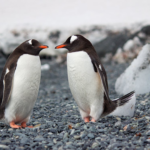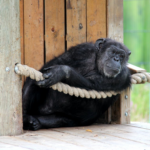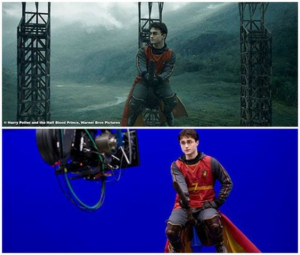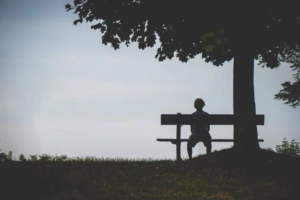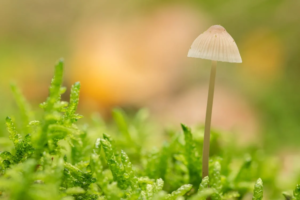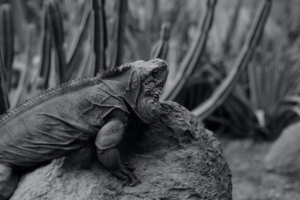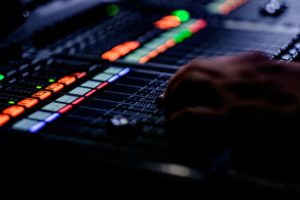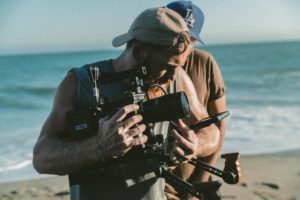Wildlife photography is a genre of photography that records the life of animals in their natural settings, like in a forest or underwater. So, wildlife photography often constitutes the images of animals in movement or action such as eating, fighting, or in flight. It also covers various organisms, including mammals, insects, plants, reptiles, rodents, and other invertebrates. Alternatively, it may also record the in-depth details of an animal’s appearance or its presence within its environment. Therefore, as an aspiring wildlife photographer, you require a sound knowledge of an animal’s behavior, habitat, and anatomical features. In addition, you have to be proficient in advanced photographic techniques and must be skilled in using various photography equipment.
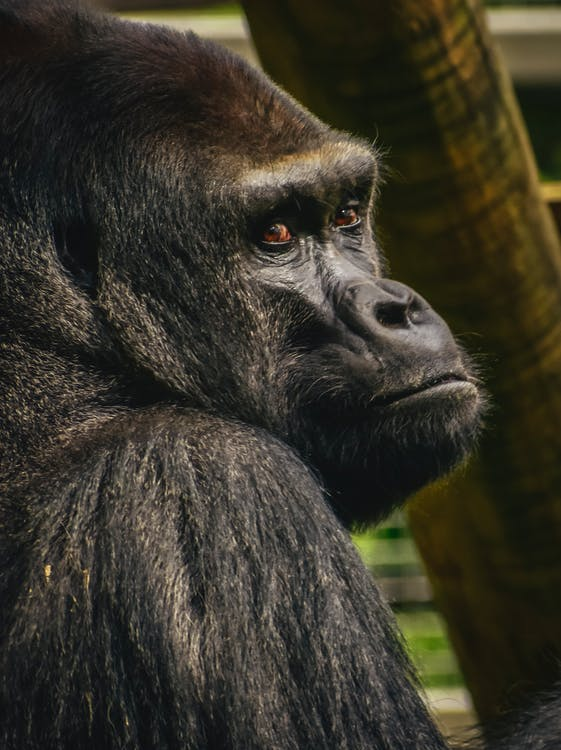
Types of Wildlife Photography
1. Mammals Photography
If you wish to photograph the mammals as most wildlife photographers do, you must consider the constant movements that make them tricky to capture. In addition, these animals are commonly found in the woods and appear only during dusk or dawn. Hence, the lack of light during their presence poses a fresh challenge to handle.

2. Bird Photography
The flight of a bird and its fast-paced movement intrigues you to photograph in the case of bird photography. However, considering the quick move of birds, you need to have a deep understanding of your subject’s behavior and always be prepared to act at the right moment.
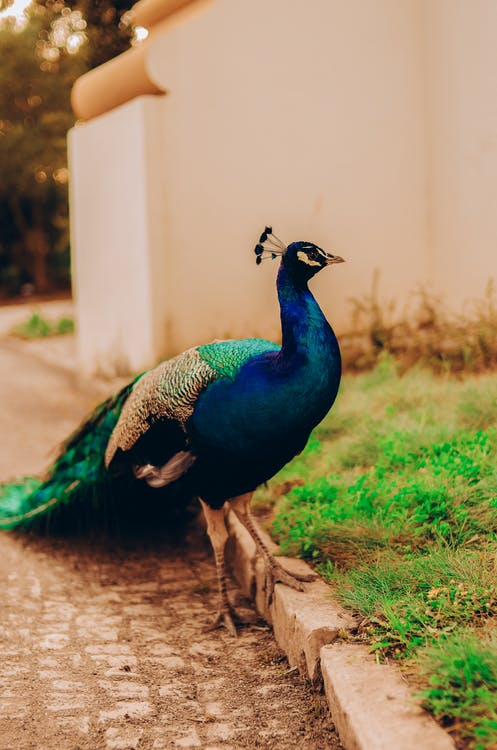
3. Underwater Photography
Underwater photography is an eccentric genre of photography that offers interesting marine life forms and landscapes as subjects. This form of photography demands the knowledge of sophisticated equipment and techniques to access their subjects. However, you can access these subjects only with the help of scuba gear, swimming, snorkeling, and underwater vehicles using the automated camera.

4. Aerial Photography
Aerial photography is a pretty challenging genre that has taken birth recently. Wildlife aerial photography mainly deals with capturing images of wild animals with the help of drone cameras. They offer a unique perspective on the subject under consideration. However, this photography is strictly controlled by law. Therefore, you need to be aware of the local laws abiding by it and understand the fear it instills among animals while photographing.
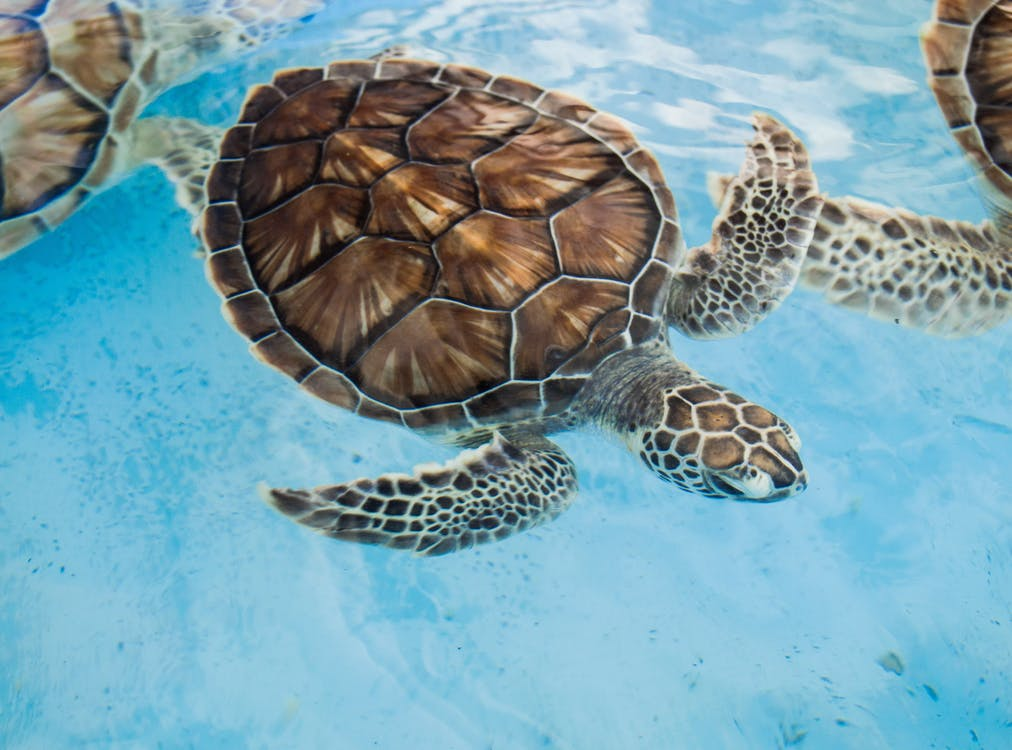
Wildlife Photography Cameras and Equipment
1. Camera
Wildlife photography is taken mainly outdoors. For this reason, you must have a camera that is durable enough to withstand any weather conditions. Two types of cameras are generally used to shoot great wildlife images. They include:
- DSLR
These cameras consist of sensors that vary depending on their sensitivity to light. These sensors are of two types. They include:
Full-frame sensor camera
A camera with a full-frame sensor is sensitive to light. Hence it yields a sharp and clear image even amidst darkness. Additionally, these sensors make your subject stand out from their background.
| Mirrorless | Panasonic Lumix S1H |
| DSLR | Canon 5D Mark IV or Nikon 850D. |
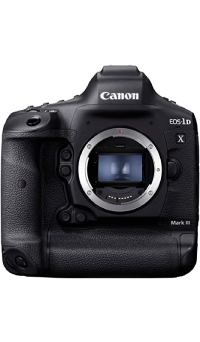
Crop Sensor Camera
A crop sensor camera helps a photographer zoom into a specific area. This allows you to focus on your subject.
| Mirrorless | Olympus OM-D E-M1X |
| DSLR | Canon 90D or the Nikon D3500. |
How to Choose a Camera for Wildlife Photography?
Although you can choose any of the above types, there are some unique features to consider when buying a camera to shoot specifically for wildlife photography:
High Frame Rate
A higher frame rate helps you shoot more frames per second, enabling you to achieve the decisive moment with ease.
A Long Shutter Life Expectancy
Since you have to shoot many images, you have to get a camera with a shutter that has a longer life.
A Faster Shutter Speed and Silent Shutter Mode
Since you will be involved in shooting animals, you need to maintain the tranquility of the environment without disturbing the scene.
Weather-Sealed Camera Body
This feature protects your camera from getting exposed to extreme weather conditions. This way, it protects your equipment and ensures a longer life.
Outstanding Low-Light Performance
This factor concerns the camera’s ability to preserve the details of an image even in meager light conditions.
A Wide ISO Range
Choose a camera with a wide ISO range. This ensures you can control the amount of light required for good exposure. The light necessary is more for a low ISO value, while the light required is less for a high ISO value. Additionally, these values influence the shutter speed needed to photograph an image.
A Well-Functioning Image Stabilization
Image stabilization reduces the effect of handshakes or movement while shooting an image. Hence, it helps capture motion without blur.
An Interchangeable Lens Camera
Lenses help you get closer to an image or zoom out and include the surroundings. Hence, your camera must allow you to use other lenses to suit your different distance requirements.
Manual mode
When you’re shooting outdoors, you must customize the camera settings according to your subject’s requirements. Therefore, choose a camera you can operate in manual mode.
2. Lens
A camera can be rated the best depending on the lens you use. Hence, deciding on lenses plays a vital role in achieving the quality of your image. Each lens has got its purpose, some of which include:
| Types of Lenses | Purpose of Photography |
| Fast lens | Captures animals in motion |
| Wide-angle lens | Allows you to get closer to the subject It helps narrow the gap between the subject and the background Photographs of animals in their natural habitat |
| Teleconverter | Extends your lenses to imitate a telephoto lens |
| Telephoto lens | It gives a wider field of view |
| Macro lens | It captures insects and other small animals in close-up shots. |
3. Camera settings
A shooting camera has to be set in any one of the below-mentioned shooting modes:
- Program
- Aperture Priority
- Shutter Priority
- Manual
To capture compelling wildlife photography, you need to choose a suitable shooting mode based on your subject, the effect of light, and its surroundings.
ISO
The availability of light plays a vital role in deciding the ISO. If you encounter the below-mentioned situations, choose the ISOs accordingly.
| Low Light | High ISO (800) |
| Bright Light Situation | Low ISO (100, 200, etc.) Reduces noise |
Shutter Speed
The movement of your subject decides the shutter speed you have to use to capture the image without blur. If you are shooting animals or birds that move in the below-mentioned paces, choose a shutter speed accordingly.
| Fast-moving subject | Higher shutter speed – 1/2000 sec. or higher. |
| Slow-moving subject | Lower shutter speed 1/1000 sec |
Remote Shutter Releases
Sometimes, you would not like to click images with a 50mm lens, and you cannot get closer to animals, birds, insects, or reptiles to photograph. So, you can use a remote shutter release, which releases the shutter without physical contact. Remote shutter releases are suitable for long exposures while your shutter is open for longer durations. In addition, it helps to capture photos without shaking. As your wildlife photos are relishing once-in-a-lifetime clicks, you can use these wireless shutter releases to your advantage.

Focus
Although you need to focus on the subject, sometimes you have to consider the environment in which they reside. Depending on your subject’s background and motion, you have to opt for the below-mentioned focus settings:
Moving Subject | Continuous autofocus |
Presence of an obstacle The distance between the camera and the subject is more | Manual focus |
As you will be using large lenses for wildlife photography, using a tripod or monopod helps you keep the camera and lens steady. You can prefer monopods to tripods as they are lighter and more compact than tripods. Suppose you don’t have a tripod or monopod. In that case, you can try fastening your camera by placing the lens on a rock or your backpack.

Ensuring Safety While You Photograph
1. Keep Your Whereabouts Posted
As a wildlife photographer, you might want to venture into the field alone to avoid scaring off animals. However, you may encounter a challenging situation that could worsen at times. To protect yourself from these situations, ensure to keep someone informed about your whereabouts and time of return. If a partner accompanies you, still, it is good to tell someone not joining you about your journey.
2. Check for Inclement Weather
To avoid getting caught amidst inclement weather conditions, study it in advance before your venture into the fields. This way, you can safeguard yourself and your equipment from showers. Additionally, you can avoid thunderstorms or lightning that can be potentially dangerous. Further, having a waterproof cover for your camera bag and a rain cover for your camera helps save your equipment.


3. Leave Room for Essential Survival Tools
In your excitement to carry the photography tools, remember to accommodate your bag with survival tools like the below. In the event of an emergency, these resources will help you survive.
- Water straw/tablets
- Plenty of water
- A fire starter
- Knife
- Knit beanie hat
- First aid kit
- Canned food
- Boonie Hat
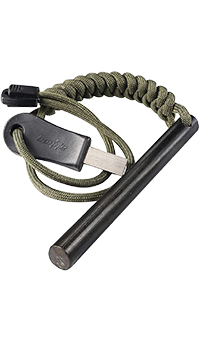
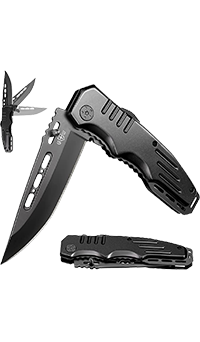

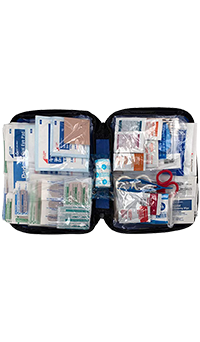


4. Prepare yourself for the Unexpected
The forest is often habituated by animals. Hence, it is good to research the different animals that throng the area you photograph. This will help you to be prepared to face any situation. For example, bears panic and attack when they look at big cameras. To tackle such a situation, you may carry bear spray to ensure safety. Additionally, beware of poisonous snakes and be prepared for what to do if they bite.
5. Dress Appropriately
Appropriate clothing, footwear, and sun or insect-resistant lotions are necessary to protect yourself from several issues like hypothermia, sunburn, injuries, and illness. On the contrary, you will need woolen clothing and equipment to protect you from the cold when photographing in colder places. Remember not to overdress yourself. Additionally, the clothes you wear should not make much noise while you move as this will alert the animals of your presence.
6. Respect Personal Boundaries
In interest to weave an image, you may be stalking a subject without realizing their anxiety. As such animals may harm you, stop stalking them to ensure your safety while respecting their feelings. Additionally, refrain from chasing the animals and think of their welfare. Further, be mindful of overcrowding animals that scare away your subject and put you too at risk. Finally, beware of some small animals as they can be dangerous too.
How to Start Wildlife Photography for Beginners?
1. Begin With a Familiar Environment
If you are a beginner trying your hand at wildlife photography, you can very well start in the comfort of your home in your backyard garden, a flower bed, or a bird feeder. This way, you can take your time, exploit and learn creative techniques and understand your equipment. Additionally, frequently visiting the same place enhances your observation and improves your photography skills.

2. Understand Your Subject
Photographing an animal at busy times of the day will lend you excellent shots as they are engaged with some action constantly. Therefore, as a photographer, you need to observe them closely to understand their activity timeline. This will help you know when they are ready for action, and you can be present at that time of the day to capture that decisive moment. Additionally, you can seek the aid of online resources to learn more about your subject’s behavior. This way, you can land up with an excellent image.
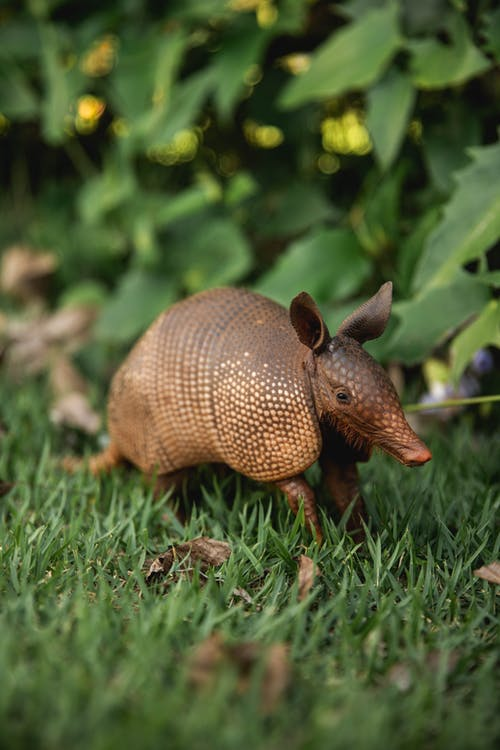
3. Practice Patience to Get Extraordinary Images
Once you learn your subject’s behavior, you still have to wait for the decisive moment to come. As wild animals are prone to do interesting or unusual things, you may have to wait for that unique moment to get extraordinary photos of your subject.
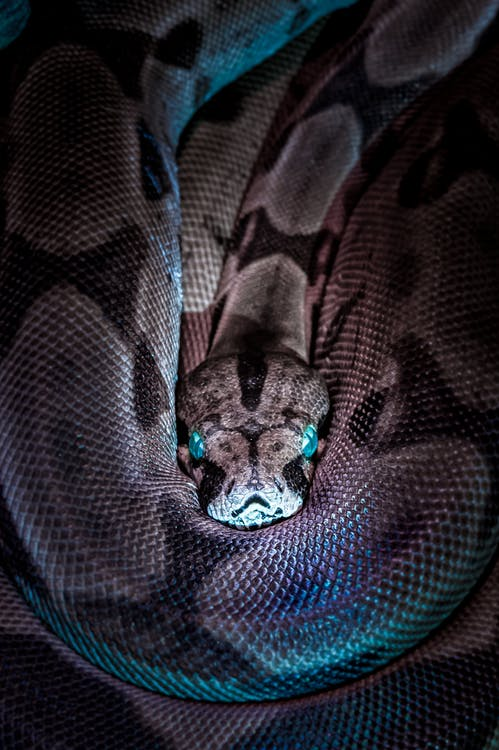
4. Stalk Your Subject to Get a Closeup
Stalk the animal or bird you are trying to photograph to wherever it leads. Then, at some point, you can stop and get as low as possible to get a closer view of your subject. This way, you can allow maximum frame space for your subject.
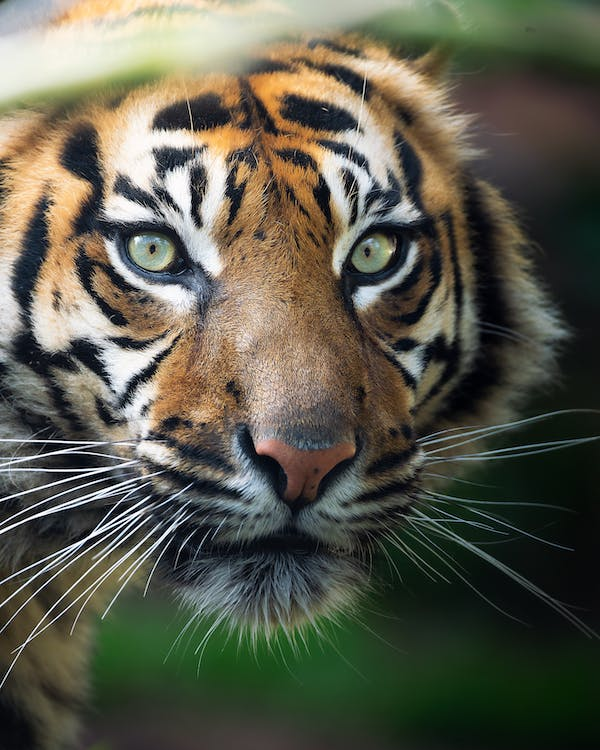
5. Let Your Subject Dominate the Frame
Wildlife photography relies on your passion for wildlife. It would help convey the mighty aspect of the animal you are photographing. For this, capture the intricate details of your subject to transport the viewer to the scene you are currently photographing. This effect can be achieved when you allow your subject to occupy the entire frame.

6. Be Mindful of Privacy
When you try to fill the frame with your subject, it is natural to get close to the subject. However, you can opt to shoot them with a long lens to get a closer view without disturbing their privacy. Without a long lens, create a temporary structure called “the hide” for wildlife viewing.
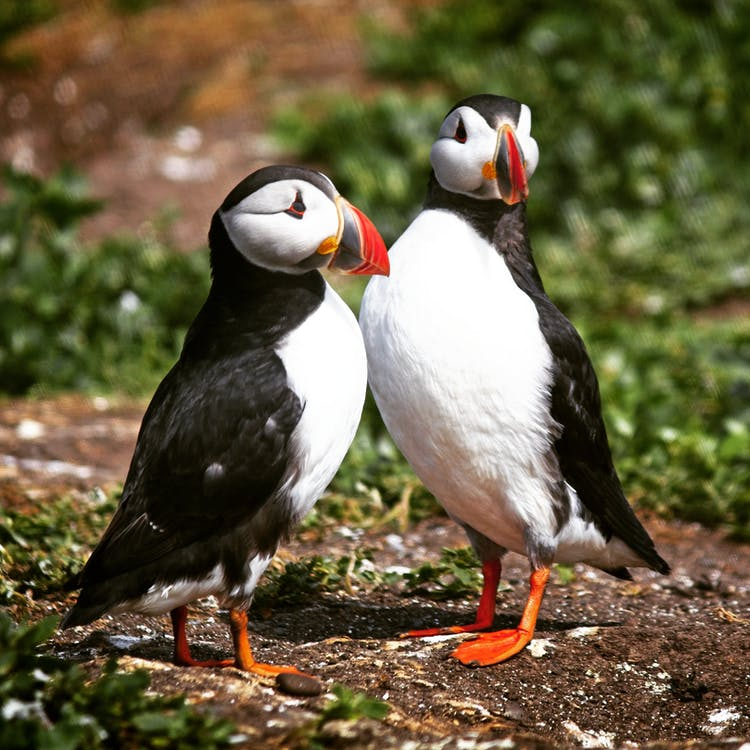
7. Practice Burst shots
Wildlife photography involves subjects that can’t respond to your commands. Therefore, most of their poses can be captured only when you take a burst of photos. This way, you can grab a bunch of moments that may constitute the decisive moment you may miss without these continuous shots.
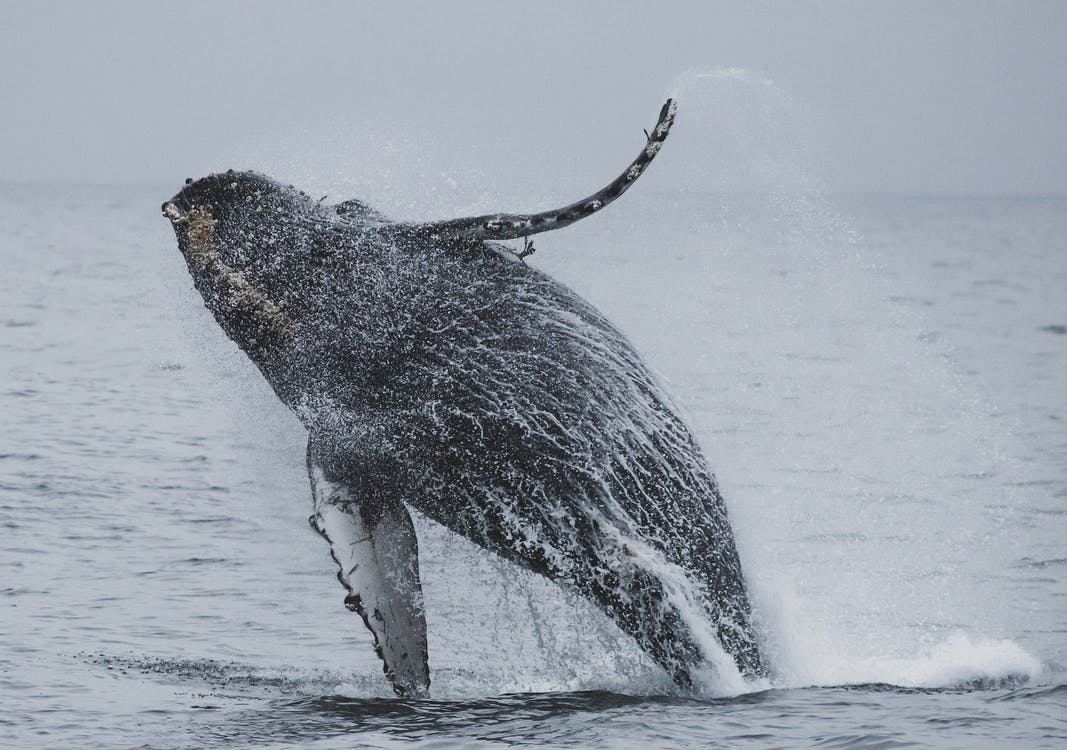
Compositions in Wildlife Photography
1. Balance Your Images With the Rule of Thirds
A compositional principle like the rule of thirds helps you arrange your image in a way that appeals to your viewer. For this purpose, divide your photo and fit them into a three-by-three grid with the essential elements at the grid points and linear elements along the grid lines. For example, in the image below, the elephant’s head is placed on one of the top two intersections to get a balanced picture.
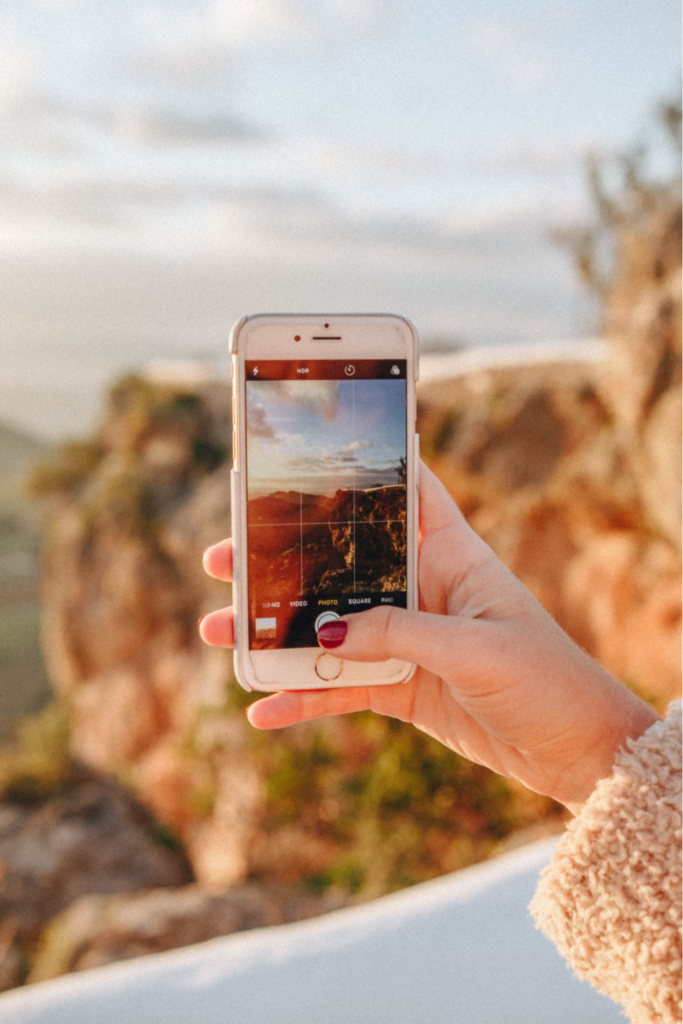
2. Focus on the Eyes of Your Subject
Firstly, your viewer looks for an image’s eyes. Hence, they have to be sharp enough to attract your viewer’s attention. As a result, you need to focus on your subject’s eyes. On the other hand, when an animal is in motion, you can focus on the part of the animal nearest to the eye. This way, you can get your subject’s eyes in focus too.
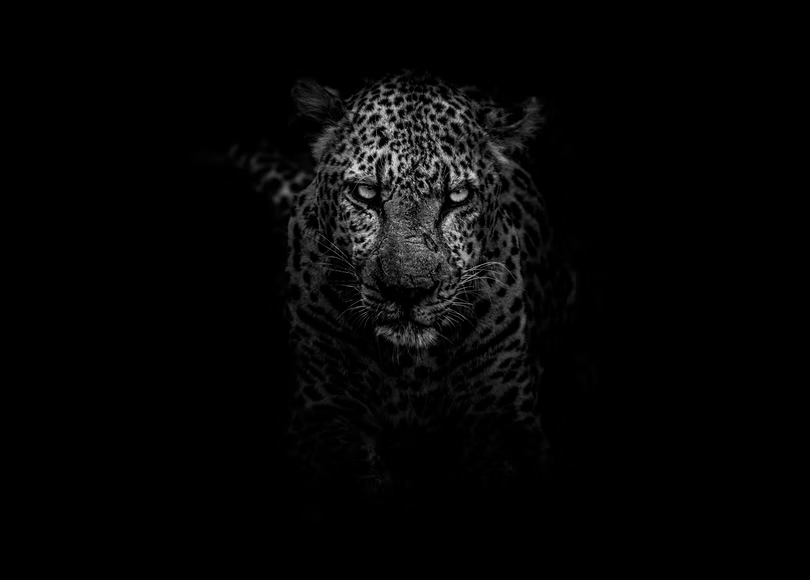
3. Attract Your Viewer’s Attention With Negative Space
Although wildlife photography gives you a solid subject to fill your frame, you have to pay attention to your image’s background. A good location will guide your viewer’s eyes toward your subject. Therefore, you can choose a background that contributes to negative space, such as a good greenwash from nearby plants or a lovely, neutral white sky. These backgrounds help you compose an impressive image.
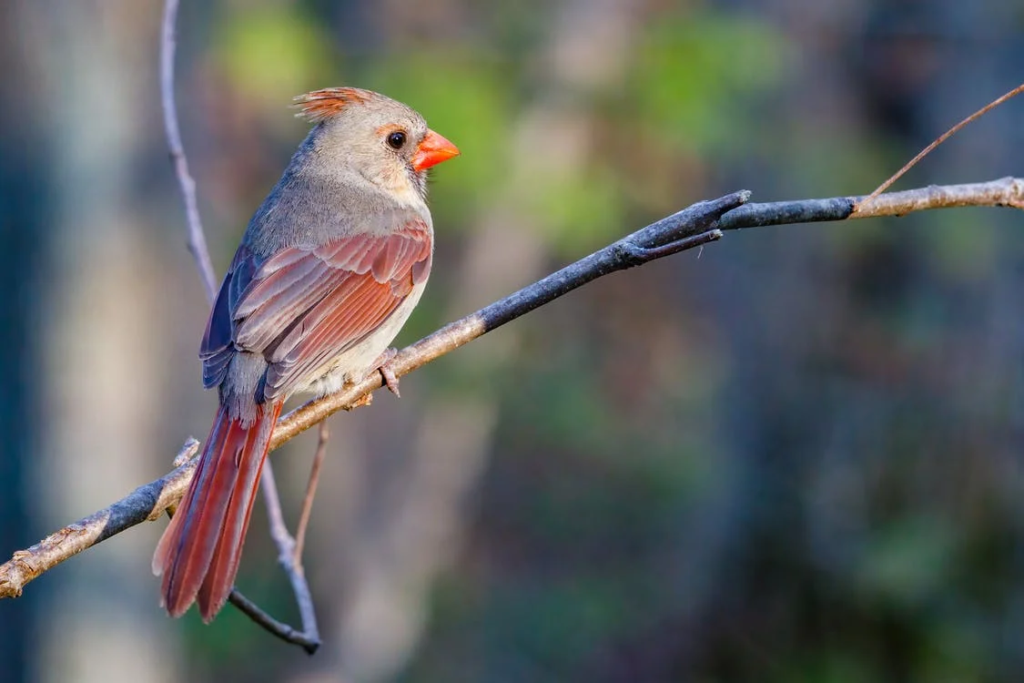
Improving Your Wildlife Photography
1. Scheduled Shooting Times to Golden Hours
The golden hour marks a couple of hours before and after sunset. A perfect scene is set for wildlife photography during golden hours as the surrounding light is soft and appealing. Since your camera balances the warmer tones, it adds elegance to your images, making them look more pleasant.

2. Entice the Animals to Your Chosen Spot
As a photographer, you might have planned a location to photograph your subject. To proceed as per your plan, you can entice your animal or bird to the chosen spot. For example, if you want a bird to come to a piece of log, you can create a setup with feeders or water to attract your subject to the selected spot and photograph them.
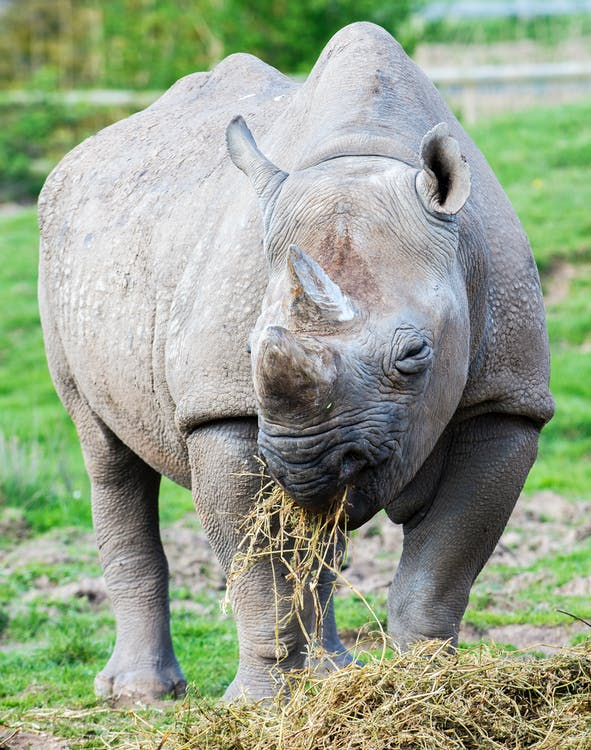
3. Practice Mindfulness
Despite your research to understand your subject, you might miss the decisive moment when you get distracted and get your eyes off the viewfinder. Hence, remain alert always until you click to ensure capturing that decisive moment.

4. Use Blinds to Make Yourself Invisible to Wildlife
The essence of your images comes out when you remain unnoticed without a glint of sight and sound. For this purpose, stoop down and lay flat on the ground, moving forward and backward slowly without diverting your subject. You can also try buying proper blinds for photographers or do one yourself using an old tent with a few holes cut in it. These often have camouflage colors that make the animal ignore you. Before using it for photography, you need to place these blinds in the area you want to photograph to allow the animals to adapt.

5. Use the Right Camera Settings and Techniques
Once you are ready to click, ensure to maintain the settings as per your surroundings, subject, and light availability. Additionally, you can convey emotions through the creative use of photography techniques. This way, you can get an incredible photo that leaves an everlasting impression on your viewer.

Videos on Wildlife Photography
Wildlife photography tips for beginners
Camera settings for wildlife photography
Wildlife photography tips to know
Gallery
Conclusion
Although wildlife photography comes with its obstacles, it is always a pleasure to get drenched in the beauty of nature while capturing the intimate moments of wildlife. This genre of photography lets you use the effect of natural light to your advantage and produce awe-inspiring photos. Additionally, you can try unraveling wildlife stories to attract your viewers. It helps promote a positive human relationship with other life forms.



